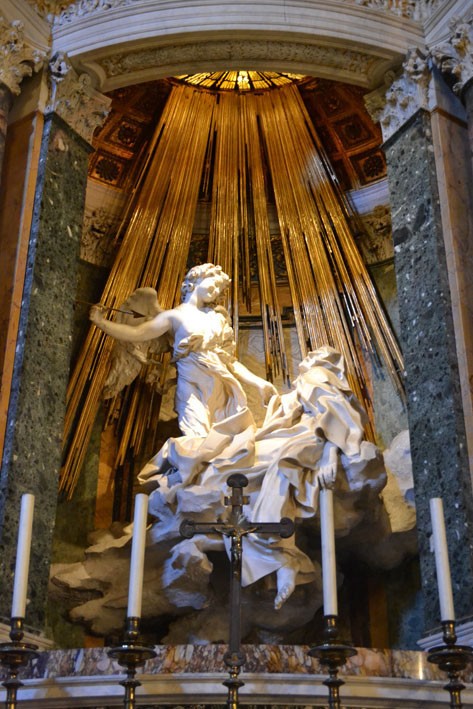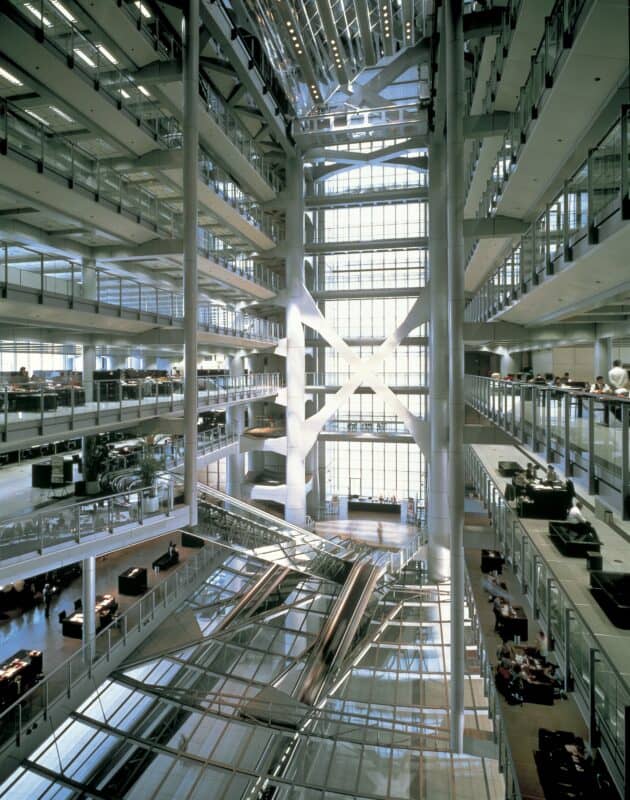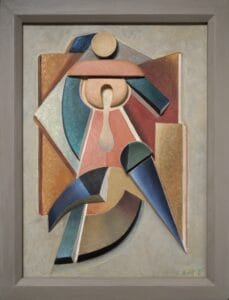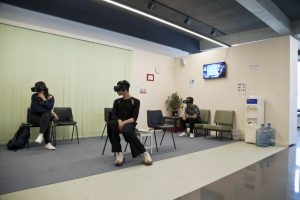
The Estorick Collection of Modern Italian Art has launched its first virtual exhibition addressing Futurism’s relationship with the Italian pictorial tradition.
The online exhibition features some sixty works, half from the first ten years of the Futurist movement (1909-1919), including paintings from the Estorick’s permanent collection, and the other half spanning the history of art from Ancient Greece to Baroque Rome. On view at www.futurismandthepast.com, it shows a new side to Futurist art by comparing it with ancient art and the Old Masters, challenging the idea that it was entirely opposed to art of the past.
Curated by Rosalind McKever, five ‘galleries’ trace the engagement of Futurist artists such as Umberto Boccioni, Giacomo Balla, Carlo Carrà and Gino Severini with the art of different periods, ranging from Classical art, Byzantium to the early Renaissance of Paolo Uccello and Piero della Francesca, the high Renaissance of Leonardo and Michelangelo, through to the Baroque age.
These connections encourage us to think differently about Futurism’s bombastic manifestos and its place in art history. When the movement was launched by the poet F. T. Marinetti in 1909, he demanded that museums be burned down and Italy ’s artistic heritage destroyed to allow the country to modernise. When young artists, aware of modern painting in Paris , joined the movement the following year they wanted to be given the chance to produce original art rather than copy that of their predecessors, as they had been taught at art schools. The Milan-based Boccioni, Carrà and Luigi Russolo, Rome-based Balla and Paris-based Severini all had different styles but were committed to depicting modern subjects – especially city life – in dynamic, colourful and abstract ways.
While some similarities between Futurist art and certain Italian masterpieces of the Italian tradition have previously been noted, here Futurism’s interest in the past is fully reassessed for the first time, and the reasons for it clearly explained. These ranged from the desire to emulate the greatness of Michelangelo and Leonardo, to an interest in depicting moving forms that was shared with many of their predecessors. Although arranged chronologically and divided into five ‘galleries’, each addressing a different era, Futurism’s relationships with these periods is organic, interconnected and related to the art history of the time. The previously unfashionable artistic periods of the Byzantine, early Renaissance and Baroque were receiving increased attention at the start of the 20th century when artists and art historians began to appreciate their difference to classical and Renaissance art.
The Futurists were not the only ones identifying analogies between the so-called ‘Primitives’ of the early Renaissance and the avant-garde of modern art. Nor were they the only members of the avant-garde to idolise the Byzantine and Baroque rebellions against classical and Renaissance styles. On the other hand, contemporary scholars were exploring new perspectives on the most popular periods of Italian art, identifying modern qualities in historic art. The works in this exhibition span the artists’ formative years, before they became involved with Futurism, and the period when some of them had moved away from it. The latter pieces may not be Futurist, but they show that the Futurist artists often had traditional backgrounds and returned to these after leaving the movement.
Potentially these interests never left them, leading to the affinities seen in this exhibition. The show is staged ‘virtually’ online because the works ‘displayed’ could never be brought together physically – many of them being frescoes or unable to travel for other reasons. Moreover, employing modern technology to present an exhibition of Futurism is appropriate to a movement that was averse to museums and adored technological innovation. The online format also makes the exhibition and the research behind it freely available around the world. This exhibition is part of a larger AHRC-funded doctoral research project entitled Futurism and the Past: Temporalities, avant-gardism and tradition in Italian art and its histories 1909-1919. In addition to discussing the formal similarities seen here and their consequences for Futurism, this research also considers the Macchiaioli, Scapigliati and Divisionist artists’ groups as precedents for Futurism, and takes a novel approach to the Futurists’ comprehension of time in order to further analyse its complex relationship with the past.









